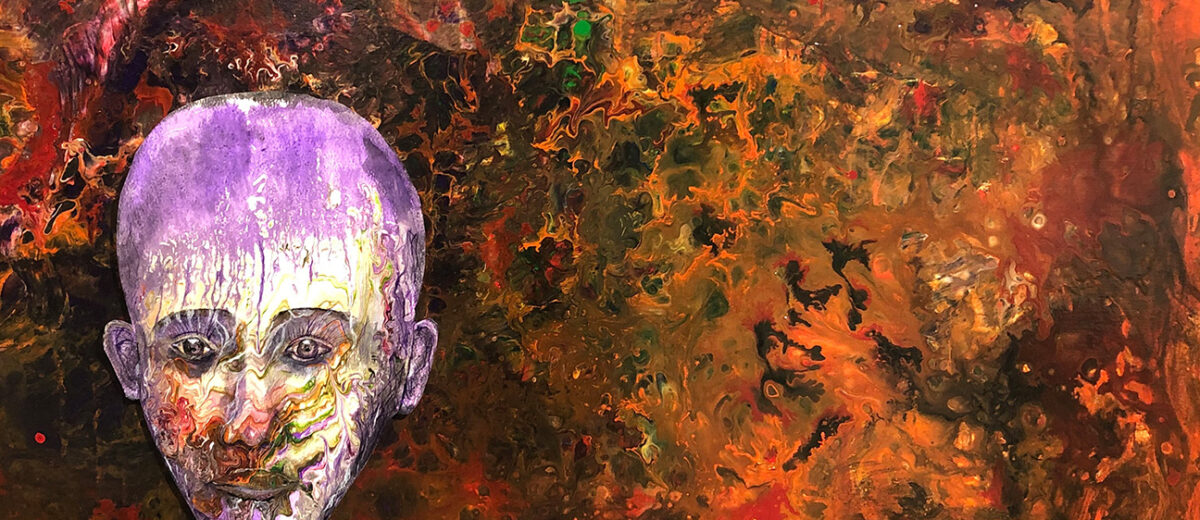and he has a very important message to emerging artists.
In 2005, Corrie’s passion for collecting art spurred his desire to undertake impressionism art as a hobby for self-expression. His fulfilling journey evolved significantly in 2019 when he commenced mentorship under Dr Elfriede Dreyer, Professor Extraordinarius.
The introduction to the broader spectrum of art concepts and history created the opportunity for Corrie to express himself through his experiences in business, engineering, and psychology.
“To me, art facilitates communication of inner worlds through an outer world. Our story is recorded and interpreted by creating/created art, through art we influence. As an art collector, I enjoy art history and spent years in observing the masters using their individual techniques to create their masterpieces. By the end of 2019 I was combining creation by chance with expressionistic impressionism where flow was manipulated to resemble the figures familiar to the subconscious mind,” Corrie said.
“A collective of the above directs the works and the stories I create, with the intention to invite rather than to guide,” he added.
Pale Blue Dot
Inspired by Carl Sagan’s poem, ‘Pale Blue Dot’, this series of artworks reflects our new awareness of mortality and earth as our only home, utilising warm colours and flows intended to comfort.
My technique is heavily influenced by impressionism and abstract art concepts, and created by manipulating oils, acrylics and ink through splashing, painting, spraying, and flowing.
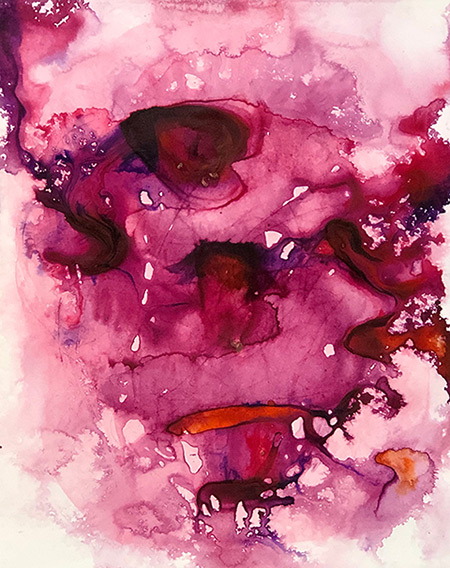
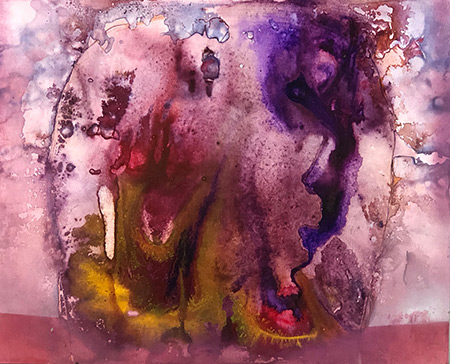

Contemplation
The Contemplation collection is a series of artworks depicting the rethinking and unfolding of new worlds and new challenges that we are faced with. The pieces are intended to encourage deep reflection as we seek to find meaning and direction in our lives.
It reminds us that anything can be reframed, anything can be redirected, and anything that can be imagined can be realised – all we have to do is choose our path and follow it.
I developed this series early 2020 as the world grappled with COVID-19 and the impact it would have on our lives.

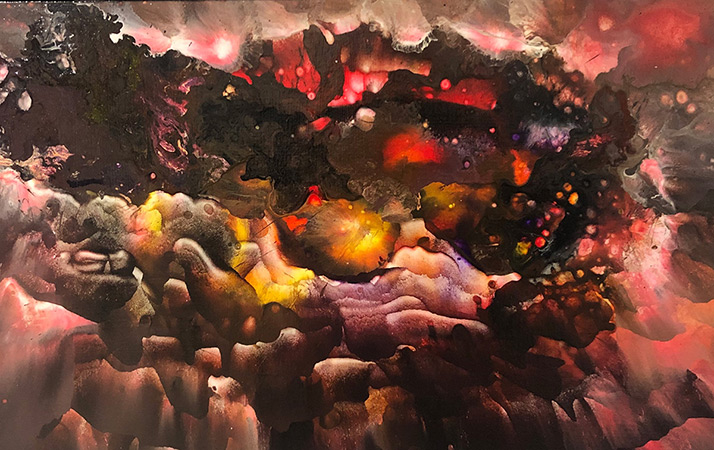
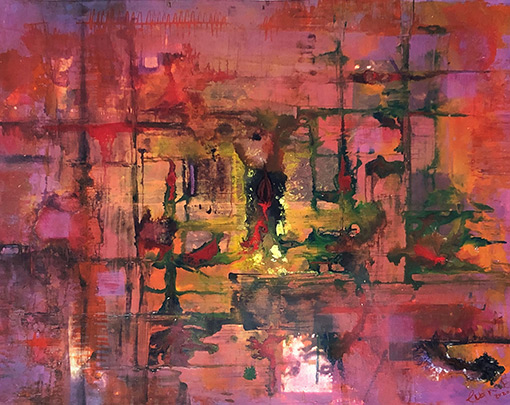
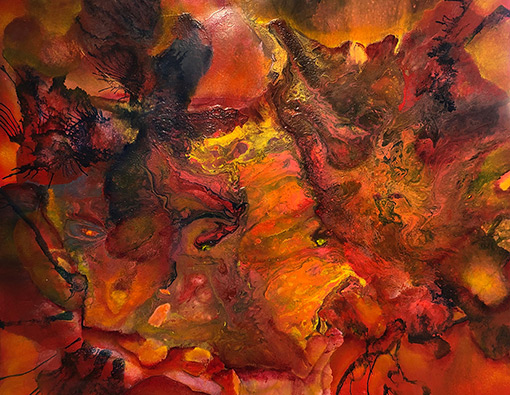
Expressions
The Expressions compilation was inspired by our emotional condition and how we express it. Each painting depicts a unique expression of the mind, an expression of how we experience a wide range of emotions – asking why, judging, feeling, showing vulnerability, acceptance, love.
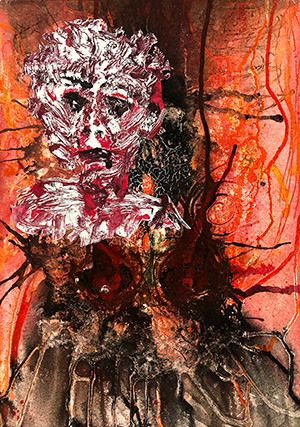




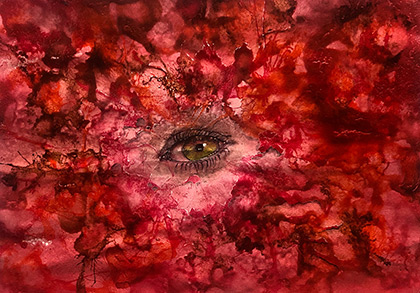
Images from the Inner World
The images in this collection were created on the spur of the moment to reflect what the inner world can hold and how this translates to our outer world. You hold your reality in your mind, you define it, and this in turn gives meaning to your outer world.
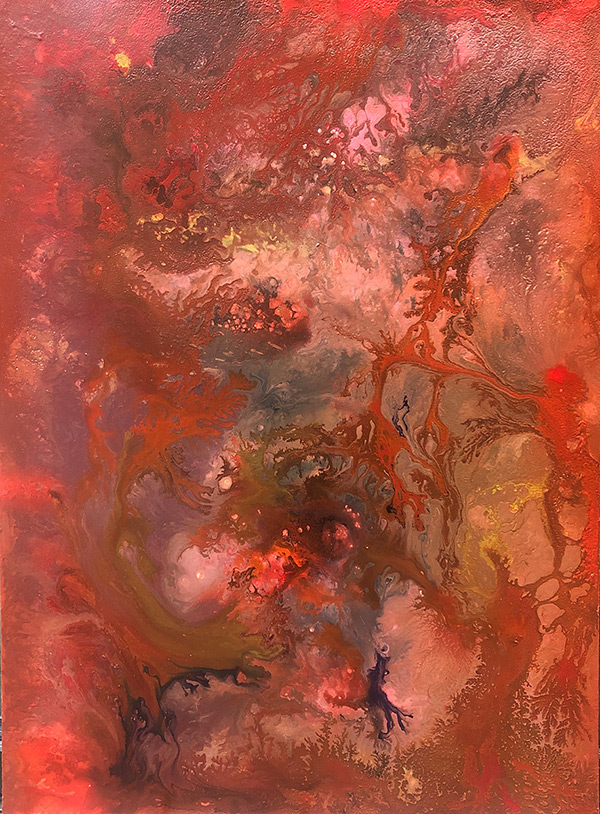
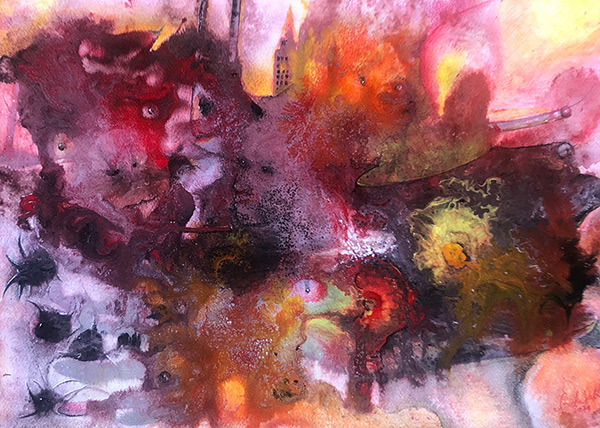
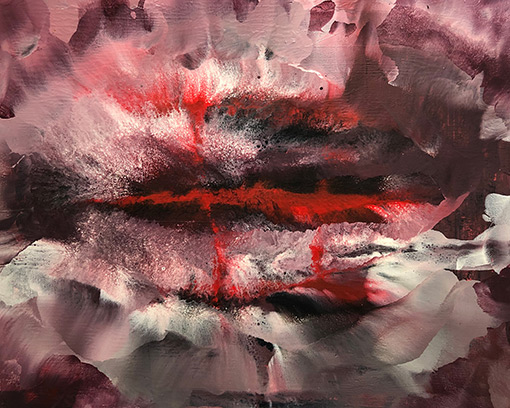
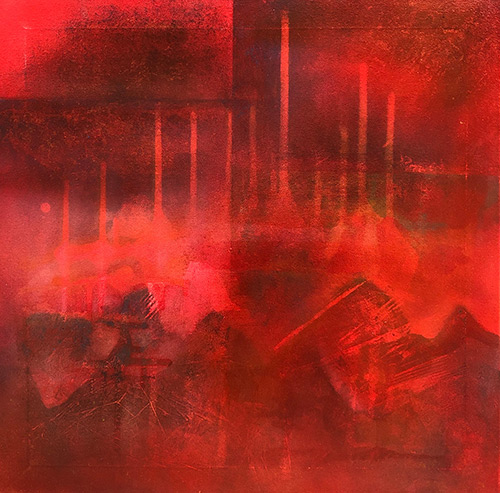
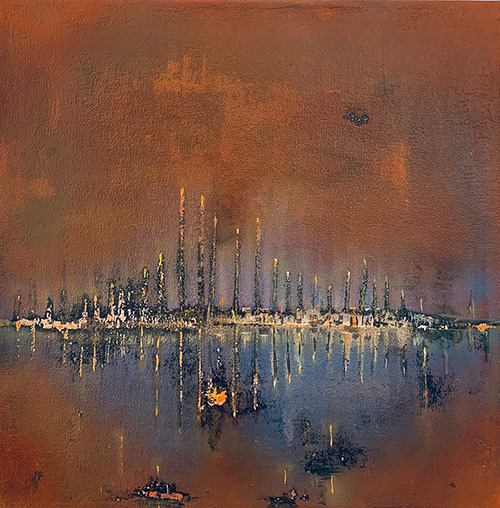
Refuge
Allow your mind to rest and find refuge in beautiful and peaceful landscape scenery – imaginative sunsets, inspiring moonlight. This series of paintings encourages you to experience the richness and beauty of what you see in your outer world and allow it to soothe and comfort your inner world.

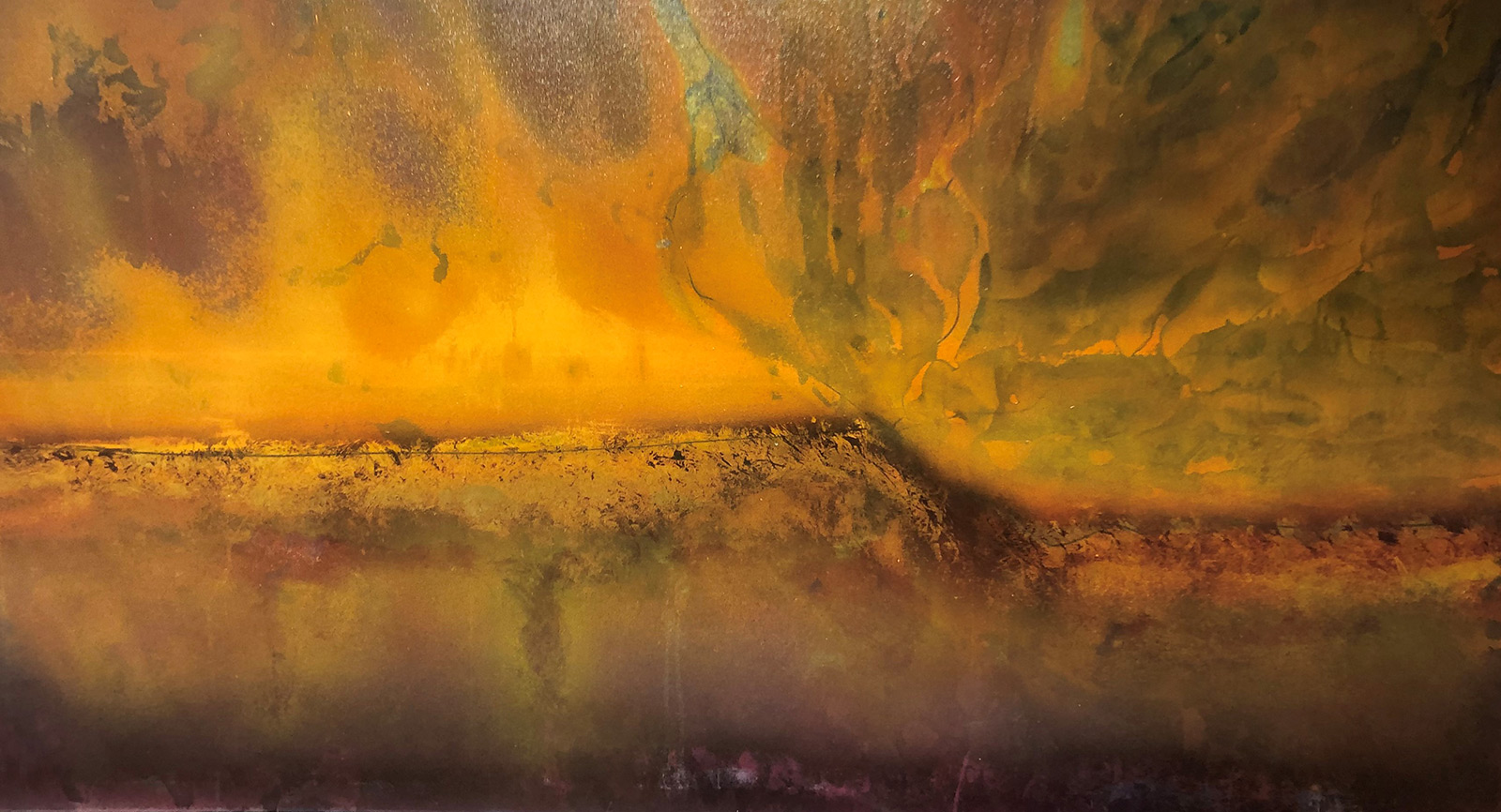
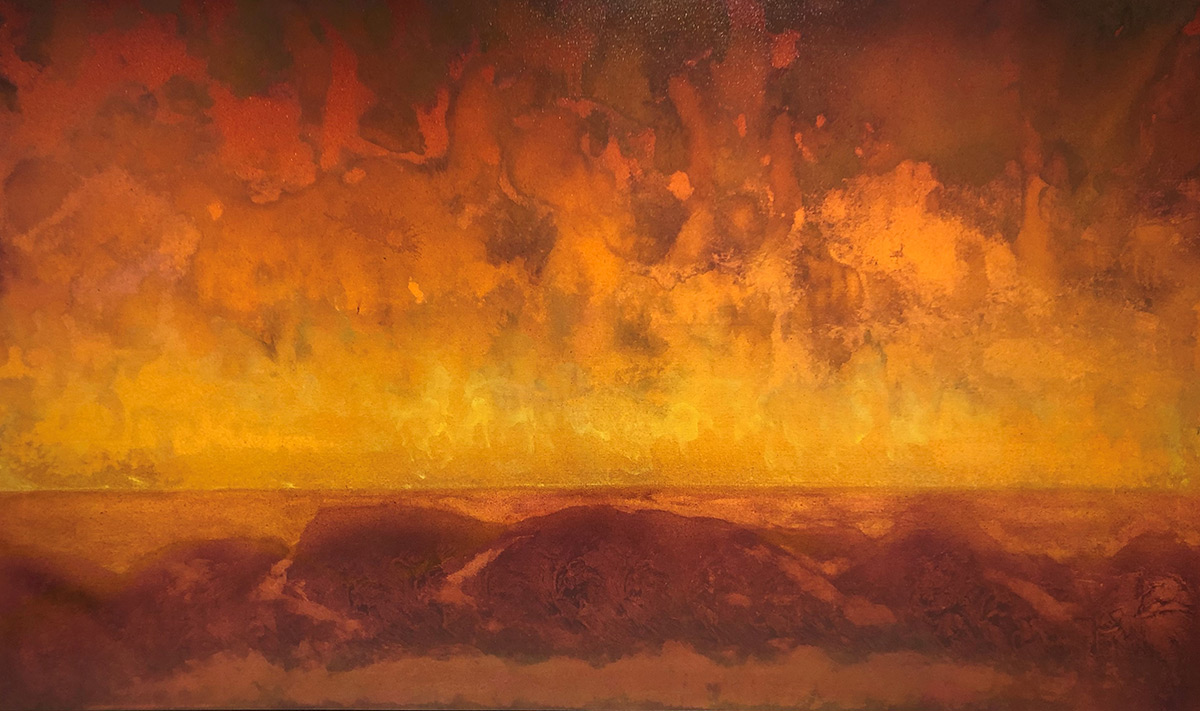
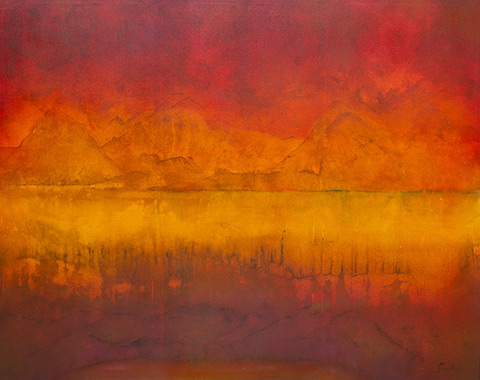
Despite having gained his art training just a little over a year ago, I’m utterly intrigued by how Corrie captures human emotions and thoughts and projects them with impeccable grace on his art pieces. I had the chance to interview him and asked for his viewpoints about the art world and some career advice. The following was our interview session.
To learn more about Corrie’s work, or to purchase his artwork, visit www.corrievanderwath.com, or his Instagram page @corrievanderwath_art
What advice or career insights would you give for emerging artists?
Being an emerging artist myself, the most important piece of advice is to never give up on your dreams. Next, you must realise that the art that takes its place in history, is art that tells a story, and that certain subject matter is more popular than others.
So your art must have a concept. Ask yourself questions like: What story am I trying to tell with my art? Why am I an artist? What message am I trying to convey as an artist?
Another important thing is the level of your technical mastery (more about this in the next question).
I’ve realised that art should be fashionable in some way, reflecting the essence of what is current. You must also be consistent in your expression, so that people can understand and recognise you by the art you create.
As an artist, you have to earn your pips! The “10,000 hour theory” generally applies – to become a master of your craft, you have to be dedicated and devote at least 10,000 hours to it. A portion of those hours should be spent delving into art history because it is important to have a good understanding on how art evolved as a tool of human communication, insight and capturing the human condition.
Different mediums represent different value and archival preservation which can also relate to different selling prices i.e. oil on canvas will usually sell for more and preserve longer than charcoal on paper.
It’s also important to understand the difference between strong works vs weak works – you get strong and weak works from the same artist, but your art is only as good as your weakest works.
From a business perspective people buy from who they know, like, trust and need. If they don’t know you as an artist, they will not buy your work. Then, they must like you as a person – in terms of how you interpret and convey your message.
Next, they need to trust you as an artist, to trust that it’s your passion, that you will be there for the long run producing consistent art, that you will be ethical in the work, and that what you produce will have value for them as investors. They also must feel the need to connect with you and have your artwork in their space.
A last important point is to understand the current system with regards to introducing your art, from social media to the processes followed by brick and mortar galleries and museums. Research and determine your strategy based on your need and purpose of why you are creating your art.
People look for emerging artists with potential, and this is the foundation that brings all of the above together.
Is there such a thing as a good or bad painting?
Beauty is in the eye of the beholder – so it depends on who the beholder is. Only the viewer can determine beauty, and different viewers have different demands. For example, if it’s a friend of yours looking for a nice art piece that you have created, then good or bad isn’t really a consideration.
However, in my own experience as an art collector and investor, I have pre-determined criteria against which I measure quality of artwork, one of which is technical mastery.
Pablo Picasso said “Learn the rules like a pro, so you can break them like an artist”. So, in art, there are “rules” relating to composition, design and understanding colour theory. It’s important to understand that when you create art, your work must be a concept of unity, i.e. it incorporates components of art, principles of design and elements of art.
There is a highly technical side of art, which is what Picasso refers to when he mentions understanding ‘the rules’ and being a pro at them. To me, it’s like with sport – you must know the rules to play the game.
In my opinion, a ‘good’ investment painting is one that is technically sound and aesthetically attractive, provoking the required emotions with content that I connect with – the longing to take that artwork home.
Is it true that we must have a strong source of income if we want to become a professional artist?
From a business perspective, I believe that you should always strive to have more than one line of income – many pockets to spread the risk. If income is low, you will always feel under pressure to sell.
You don’t want to be in a position where you are desperate – ideally, you want to aim for a balanced supply and demand.
Most importantly, particularly for an emerging artist, is that you need to get people to know you. To do this, you have to be visible, which requires an effective marketing i.e. a top quality website, entering competitions, and exhibitions, printing, etc. This requires a fair amount of expenditure because you can’t be visible and make money without having spent money to be there.
Generally, to build a successful art business, 80% of your time should be dedicated to marketing, and 20% to creating! I had the benefit of starting my career in engineering, where people are willing to pay you to attain skills that you then return in service as an engineer.
Art, however, is different. Pursuing art without money is going to be very challenging, so if you have an income stream, or if you can find a sponsor on your journey, it will really help you. Luckily, there are also many different avenues that you can explore to increase revenue through your art such as: expanding your product line; assisting galleries; printing and packaging; offering training; the list goes on.
Artists are by nature creative and innovative beings – we must apply this creativity to income generation as well!

